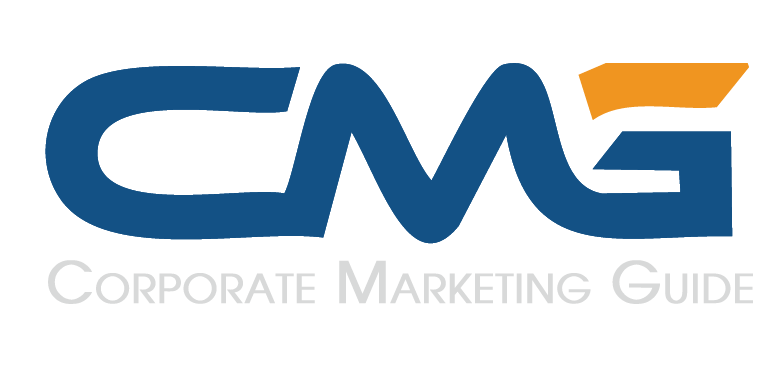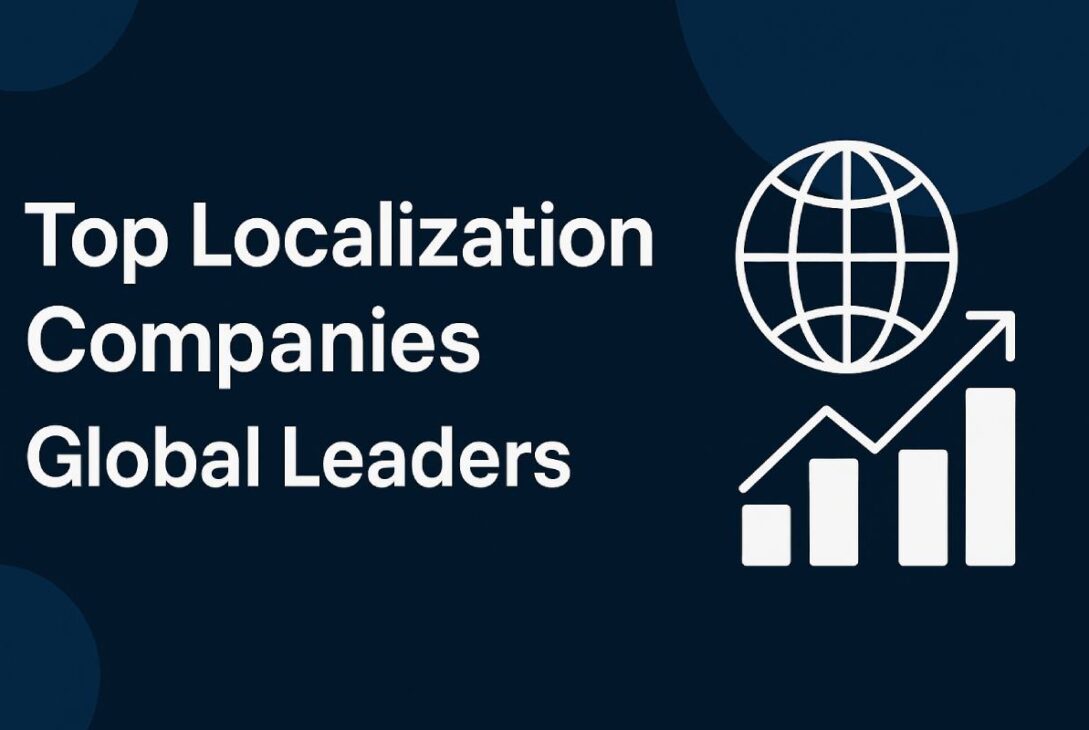Businesses seeking to expand internationally often search for the top localization companies to ensure their products and content resonate with global audiences. These providers play a crucial role in bridging linguistic and cultural gaps, helping brands deliver messages that sound natural and authentic in every market. By partnering with the top companies, organizations can streamline translation workflows, maintain consistency across languages, and accelerate time-to-market while preserving their unique brand voice.
Understanding Localization in 2025
Localization is the process of adapting digital products – such as software, mobile apps, games, and websites – to meet linguistic and cultural expectations of specific markets. It combines linguistic expertise, automation tools, and project management frameworks to ensure consistency and efficiency across multiple languages.
The best localization companies today don’t just offer human translation; they integrate AI, automation, and cloud-based collaboration to reduce turnaround times while maintaining quality. These firms help global enterprises like Google, Airbnb, and Shopify make content sound “native” to each market.
Criteria for Selecting the Top Localization Companies
To identify the top localization companies worldwide, we evaluated several factors:
- Technological Innovation – Use of AI, machine translation (MT), and API integrations.
- Project Scale – Ability to handle enterprise-level localization projects across 100+ languages.
- Client Portfolio – Trusted by major global brands.
- Quality Assurance – ISO certifications, automated QA checks, and review layers.
- Collaboration Efficiency – Cloud workflows, in-context editing, and real-time updates.
- Pricing and Flexibility – Scalable plans suitable for startups and enterprises alike.
- Security and Privacy – Compliance with GDPR and data protection standards.
Top Localization Companies in 2025
1. Crowdin.com
Crowdin is one of the most advanced localization management platforms globally, trusted by over 2 million users and thousands of organizations. It enables seamless collaboration between translators, developers, and managers within a cloud-based workspace.
Key Features:
- AI-powered translation suggestions integrated with DeepL, Google, and custom MT engines.
Real-time collaboration across translation, review, and development teams. - In-context translation for apps, games, and web content.
- Powerful API and CLI for automation of localization workflows.
- Advanced privacy controls for enterprise compliance.
Advantages:
Crowdin stands out for its developer-friendly integrations (GitHub, GitLab, Bitbucket, Figma, and more) and AI orchestration layer that intelligently routes translation tasks, balances human and machine work, and provides continuous localization pipelines. Its marketplace of over 600 apps allows for near-limitless customization.
Compared to alternatives like Smartling or Phrase, Crowdin provides more transparent pricing, open API architecture, and robust support for both translators and engineers, making it ideal for SaaS platforms, game developers, and eCommerce businesses.
2. Smartling
Smartling combines AI-driven automation with creative human translation to deliver premium-quality localized content. It’s widely used by Fortune 500 companies for managing large-scale translation workflows.
Key Features:
- Neural machine translation (NMT) with adaptive learning.
- Visual context preview for websites and software.
- Translation memory and glossaries to ensure consistency.
- Automated QA tools and analytics dashboards.
Why It’s a Top Choice:
Smartling’s focus on analytics helps enterprises measure ROI on localization efforts, offering data-driven insights into translation quality, turnaround time, and cost efficiency.
3. Phrase (formerly PhraseApp)
Phrase is a robust localization platform tailored for developers and product managers. It supports continuous localization for agile development teams.
Key Features:
- Cloud-based translation management with Git sync.
- Support for 50+ file formats.
- Integrated QA tools and machine translation.
- Comprehensive analytics on translation progress.
Why It’s Popular:
Phrase’s flexibility makes it particularly effective for software, web, and app localization. It’s developer-friendly and integrates well with CI/CD pipelines, which allows teams to launch multilingual updates faster.
4. Transifex
Transifex focuses on agile localization for digital products. It’s trusted by tech giants like Eventbrite, HubSpot, and Waze.
Key Features:
- Continuous localization pipeline for web and mobile.
- Cloud-based translation memory and glossary management.
- Developer integrations for automated syncing.
- Community translation management tools.
Unique Edge:
Transifex excels at crowdsourced translation and supports open-source projects with free plans, fostering community-driven localization efforts.
5. Lokalise
Lokalise is another cloud-based localization management system emphasizing automation and speed. It helps teams streamline workflows from text extraction to deployment.
Key Features:
- String management for apps and software.
- In-context editors and screenshot linking.
- Integration with Slack, GitHub, and Figma.
- Automatic file upload/download pipelines.
Why Businesses Love It:
Lokalise’s strong design integrations and collaboration tools make it a favorite among design and product teams who need to localize UI/UX content efficiently.
6. Memsource (now Phrase Enterprise)
Previously known as Memsource, this enterprise-grade localization platform is renowned for its AI-powered translation management system.
Key Features:
- Machine translation quality estimation.
- Cloud-based CAT tool with human-in-the-loop workflow.
- Enterprise connectors and data security standards.
- Smart automation to reduce repetitive tasks.
Why It’s Among the Best:
Memsource offers one of the most powerful AI-assisted translation frameworks, combining predictive typing, terminology consistency, and translation memory reuse at scale.
7. Smartcat
Smartcat offers an end-to-end translation ecosystem that connects companies with linguists, vendors, and AI tools in one place.
Key Features:
- Hybrid workflow combining freelancers, agencies, and AI.
- Integrated payment and marketplace system.
- Smart routing of tasks based on expertise.
- MT customization and workflow automation.
Why It Stands Out:
Smartcat’s marketplace model gives organizations access to thousands of vetted translators worldwide, eliminating the need for traditional agency contracts.
8. RWS Group
RWS is a global leader in professional translation and intellectual property localization, serving sectors such as law, life sciences, and technology.
Key Features:
- Enterprise-scale human translation services.
- AI and neural MT integration.
- Global delivery network and project management excellence.
- Deep expertise in regulatory and technical fields.
Why It’s Notable:
RWS combines decades of linguistic experience with modern automation, offering unparalleled domain specialization for regulated industries.
9. Lionbridge
Lionbridge is one of the world’s oldest and largest language service providers (LSPs), working across 350+ languages and serving major industries including tech, automotive, and gaming.
Key Features:
- AI-enhanced translation workflows.
- Multimedia and video localization.
- Global content adaptation and SEO localization.
- Enterprise-grade QA and testing.
Why It’s a Leader:
Lionbridge’s ability to handle massive-scale multilingual projects and provide content testing across devices and regions makes it a reliable choice for global brands.
10. SDL (now part of RWS)
SDL, merged with RWS in 2020, remains known for its Trados Studio software – the gold standard in computer-assisted translation (CAT) tools.
Key Features:
- Trados CAT tool for professional translators.
- Secure, on-premise or cloud-based translation management.
- Integration with enterprise content management (ECM) systems.
- Comprehensive quality control features.
Why It’s Still Relevant:
Despite merging with RWS, SDL’s technology continues to power countless translation workflows worldwide and serves as a benchmark for CAT efficiency.
Emerging Localization Companies to Watch
The localization industry continues to evolve rapidly, with startups and innovative platforms entering the market. Some noteworthy emerging players include:
- BLEND – Focused on voice and video localization for marketing content.
- Translated.net – Combines human translation with adaptive machine learning.
- Tethras – Specializes in mobile app localization.
- Gengo (a Lionbridge company) – Crowdsourced human translation at competitive rates.
- LanguageWire – Strong integration ecosystem for enterprise CMS platforms.
Crowdin.com: The Future of Collaborative Localization
Returning to Crowdin.com, it’s not just a localization tool – it’s a collaborative ecosystem designed for global product growth. Crowdin’s strengths include:
- AI-powered workflows: It can automatically pre-translate, detect low-quality strings, and trigger post-editing review tasks.
- Multilingual SEO support: Crowdin integrates with CMS and static site generators to optimize localized content for search engines.
- Developer-focused design: APIs and CLI enable seamless integration with Git-based workflows.
- Community & vendor management: Crowdin Enterprise allows managing translators, vendors, and internal reviewers with granular permissions.
This makes Crowdin particularly valuable for software companies, game developers, and eCommerce brands that need to maintain quality, speed, and scalability simultaneously.
What Makes a Great Localization Company
The best localization providers combine language expertise, technology, and automation. They integrate translation memory, machine translation (MT), and human editing into one workflow. Key factors that define the top players include:
- AI-driven translation to increase speed and consistency.
- Continuous localization for real-time updates in software and apps.
- Security and compliance, especially for enterprise clients.
- Integration flexibility, allowing connection with Git, CMS, and design tools.
These qualities make it possible for brands to launch multilingual websites, apps, and games simultaneously across the globe.
Conclusion: Choosing the Right Localization Partner
Selecting from the localization companies depends on your organization’s size, goals, and technical maturity:
- Startups and SaaS teams benefit most from Crowdin and Phrase, offering automation and collaboration without heavy costs.
- Enterprises handling regulated content should consider RWS, Smartling, or Lionbridge for compliance and scalability.
- Developers and agile teams thrive with Lokalise and Transifex, integrating localization directly into their CI/CD pipelines.
FAQs
What is a localization company?
A localization company adapts content, software, and digital products for specific regions or languages, ensuring they resonate culturally and linguistically with local audiences.
How do top localization companies differ from translation agencies?
Traditional translation agencies focus on text conversion, while localization companies handle the full adaptation process – including UI, design, date formats, currencies, and regional compliance.
Why is Crowdin considered one of the top localization companies?
Crowdin combines AI-powered translation management, developer integrations, and real-time collaboration, making it ideal for modern software and content teams.
What industries need localization the most?
Tech, gaming, SaaS, eCommerce, finance, and healthcare sectors rely heavily on localization to expand globally.
How do AI tools improve localization?
AI enhances speed and consistency through automatic translation, quality estimation, and predictive glossaries, reducing manual effort and cost.
What should I look for when choosing a localization provider?
Focus on technology, integration capabilities, translation quality, scalability, and security compliance.
Also read:What Makes AI Accounting Software Smarter Than Traditional Tools?



